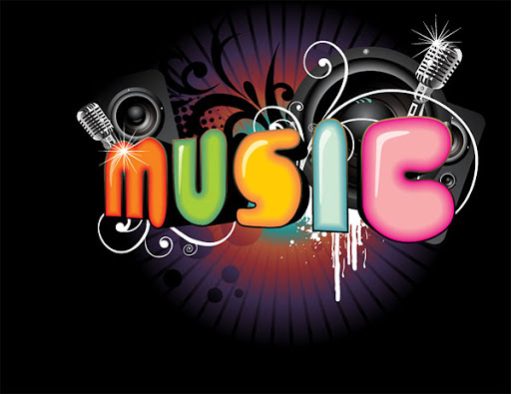Music
- Description
- Curriculum
- Reviews

Music is the art of arranging sounds in time to produce a composition through the elements of melody, harmony, rhythm, and timbre. It is one of the universal cultural aspects of all human societies. General definitions of music include common elements such as pitch (which governs melody and harmony), rhythm (and its associated concepts tempo, meter, and articulation), dynamics (loudness and softness), and the sonic qualities of timbre and texture (which are sometimes termed the “color” of a musical sound). Different styles or types of music may emphasize, de-emphasize or omit some of these elements. Music is performed with a vast range of instruments and vocal techniques ranging from singing to rapping; there are solely instrumental pieces, solely vocal pieces (such as songs without instrumental accompaniment) and pieces that combine singing and instruments. The word derives from Greek μουσική (mousike; “(art) of the Muses”); see § Etymology and glossary of musical terminology.
-
91 Study the musical alphabet.
-
101 Study the musical alphabet.
-
114 Familiarize yourself with chords.
-
122 Get to know the basic elements of reading sheet music.
-
135 Make sure you’re aware of the importance of rhythm.
-
143 Learn the difference between scale and pitch.
-
154 Familiarize yourself with chords.
-
165 Make sure you’re aware of the importance of rhythm.
-
35Brain growth
-
36Language skills
-
37Maths skills
-
38Language skills
-
39Maths skills
-
40Memory, attention and concentration
-
41Increased coordination
-
42Memory, attention and concentration
-
43Social skills
-
44Increased coordination
-
45Music for life
-
46Achievement and discipline
-
47Social skills
-
48The joy of music
-
49Music for life
-
50It improves academic skills.
-
51It improves academic skills.
-
52It develops physical skills.
-
53It develops physical skills.
-
54It cultivates social skills.
-
55It refines discipline and patience.
-
56It refines discipline and patience.
-
57It boosts self-esteem.
-
58It introduces children to other cultures.
-
59It boosts self-esteem.
-
60It introduces children to other cultures.







